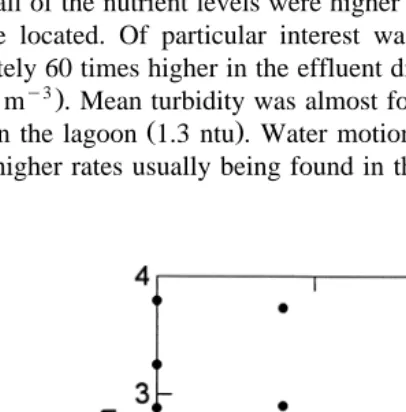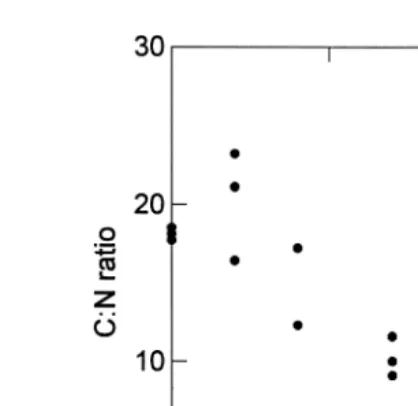Directory UMM :Data Elmu:jurnal:A:Aquaculture:Vol193.Issue3-4.2001:
Teks penuh
Gambar




Dokumen terkait
(a) Quantitative descriptive analysis of Flavour attributes of the longlife tomato cultivar `Vanessa' grown at different nutrient solution EC.. (b) Quantitative descriptive analysis
as dissolved N from the abalone tanks Table 2.. Neori et al. Fifty six% of the input was unassimilated nitrogen, released from the fish tank as ammonia and feces. Seaweed
ADCs for dry matter, energy and nitrogen were highest for fish meal, although several other ingredients, including some animal meals and gluten from wheat and corn, had similar ADCs
In this study, the effects of additions of laboratory-grown microbes and several commercial bacterial additives were evaluated on the GR of B. plicatilis cultured under
Continuous cultures of Skeletonema costatum, Chaetoceros muelleri, Rhinomonas reticulata and Pa Õ lo Õ a lutheri were subjected to phosphorus or nitrogen limitation at two
As a general trend, pigment content and its evolution over the growth period were found to be similar between the cultures grown under control and high DIC conditions for each alga,
On the basis of increased soil organic matter content, enlarged soil microbial biomass pool and greater soil N availability, agrisilvicultural systems have been found to be
In Experiment 1, treatment with tannins reduced the soluble nitrogen (SN) and ammonia content of the silages. In Experiment 2, the tannins used also reduced silage SN during